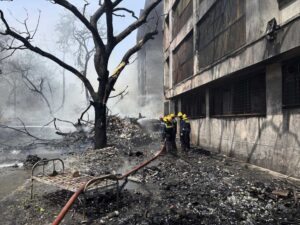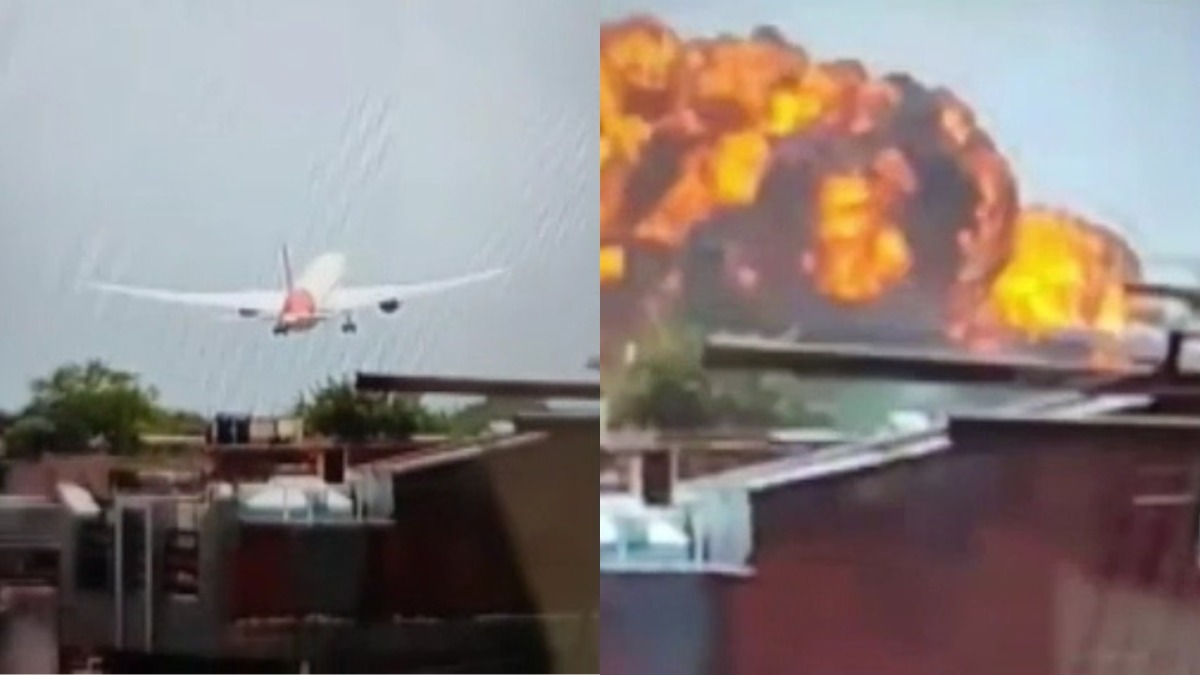A passenger aircraft traveling from Ahmedabad in India to London Gatwick Airport suffered a catastrophic crash shortly after takeoff, resulting in significant loss of life.
The plane was carrying 242 passengers and crew when it went down near a populated area just minutes after departure.

Passengers on board included citizens from several countries, predominantly India, along with individuals from the United Kingdom, Portugal, and Canada. Eyewitnesses in the vicinity described hearing loud explosions and seeing dense smoke billowing from the crash site.
Emergency services responded swiftly to the disaster, conducting rescue operations amidst challenging conditions. While many lives have tragically been lost, rescue teams continue searching for survivors and recovering victims. The exact death toll remains unclear as authorities work to account for all passengers.
Investigations have been launched by India’s Directorate General of Civil Aviation (DGCA) and the Aircraft Accident Investigation Bureau (AAIB), both responsible for overseeing aviation safety and accident inquiries in the country.
Also Read; Russia Strikes Ukraine’s Power Plant Amid Winter
Preliminary information suggests the aircraft issued a distress signal shortly after takeoff but then lost communication with air traffic controllers.
The aircraft involved was a Boeing 787-8 Dreamliner, known for its advanced fuel efficiency and long-haul capabilities. Analysts note that the fuel load and aircraft speed could have contributed to the severity of the crash and subsequent fire. Aviation experts globally are watching closely as more details emerge about the incident.

This tragedy has reignited conversations about aviation safety and the challenges faced by the industry in preventing such disasters. Governments from both India and the United Kingdom have expressed profound condolences. Indian Prime Minister Narendra Modi promised full assistance to affected families, while UK officials coordinate efforts to support their nationals.
This accident ranks among the deadliest aviation incidents in recent years, reminding the world of the importance of continual improvements in aircraft maintenance, pilot training, and emergency response preparedness.







